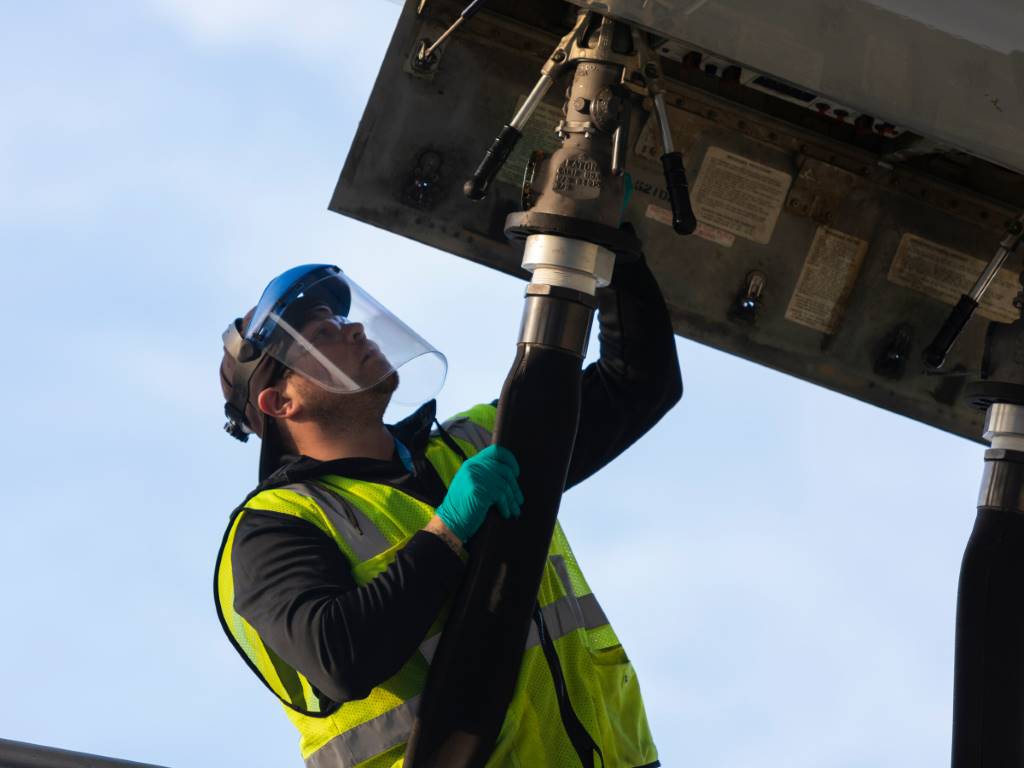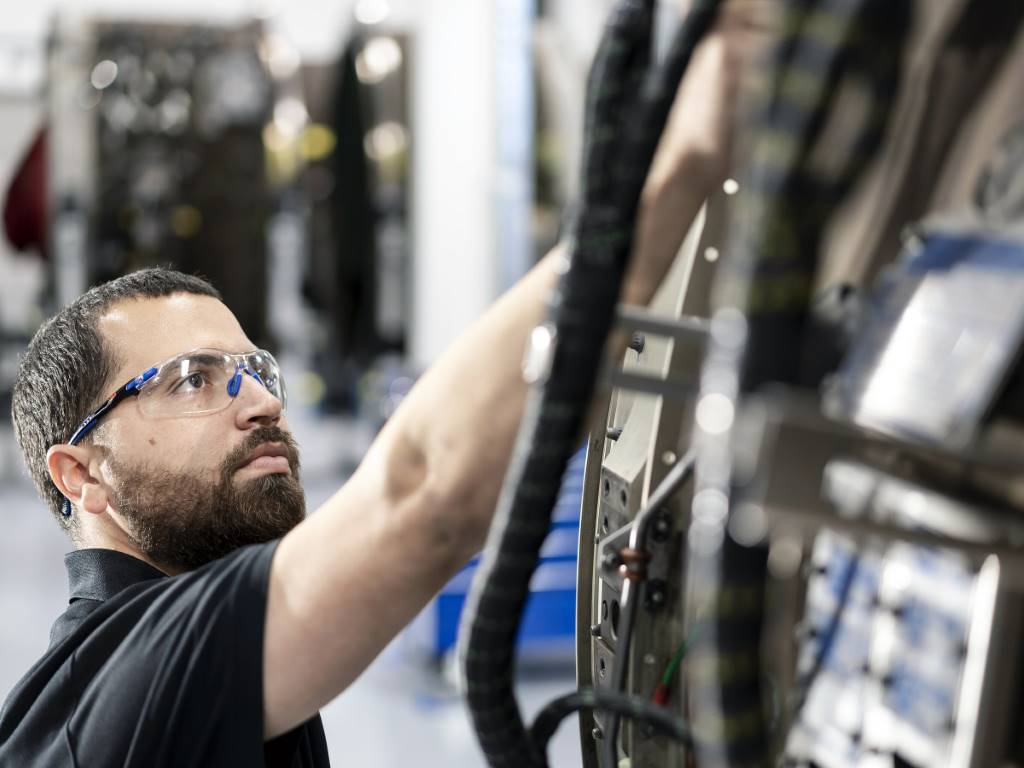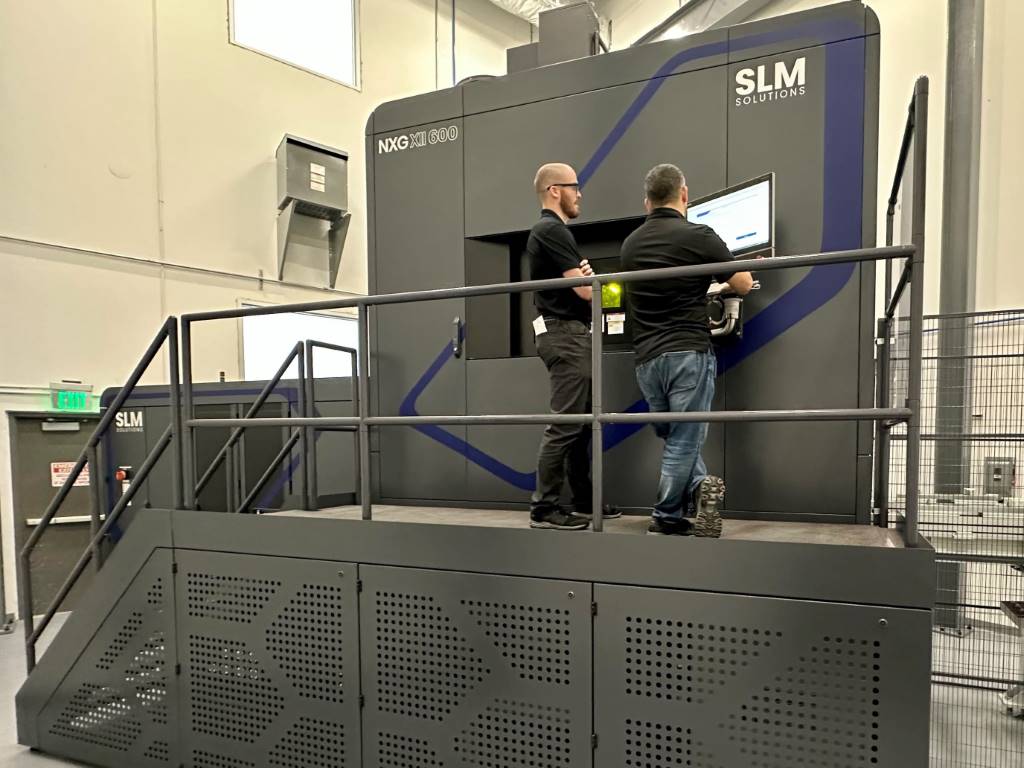Reliable oxygen monitor for titanium welding

Prior to welding of titanium, widely practiced in the aerospace industry, the oxygen content of the purge gas must be reduced to a level below 50 ppm. Engine components such as discs, blades, shafts and casings, from the front fan to the rear of the engine, and fasteners, airframe components and landing gear are all examples where titanium is used. Further examples are fuel tanks for satellites and military jets. Components such as wing spars have also been made recently out of titanium using the Wire Arc Additive Manufacturing (WAAM) process. The innovative PurgEye Desk, a new monitor designed and manufactured by weld purging experts Huntingdon Fusion Techniques (HFT), is leading the way in inert gas weld purging technology by reading oxygen levels from 1,000 ppm, right down to levels as low as 1ppm (highly accurate to 10 ppm), ensuring welders achieve perfect oxide free, zero colour welds time and time again. Ron Sewell, chairman for HFT said: “The PurgEye Desk is for use with Welding Chambers and Enclosures, as well as with Orbital Welding Machines and other Automatic Welding Systems. One huge addition to the PurgEye Desk is the revolutionary PurgeNet, for the in-line connection of additional accessories that allows the Weld Purge Monitor to control welding systems based upon oxygen level as well as to provide indications of high and low oxygen levels and even give dew point measurements.” The rugged, high frequency proof PurgEye Desk has automatic fault finding diagnostics that can detect and report a number of possible faults. It also features an OLED (organic light-emitting diode) display giving brighter, sharper readings at longer distances. With a fast-response, long-life sensor having little maintenance requirement, the PurgEye Desk Weld Purge Monitor comes complete with an integral pump to deliver the exhausting purge gas to the measuring sensor on a consistent basis to allow precision control of the welding systems. The PurgEye Desk is also a highly recommended monitor when welding in the Additive Manufacturing, automotive and titanium bicycle industry. www.huntingdonfusion.com
Prior to welding of titanium, widely practiced in the aerospace industry, the oxygen content of the purge gas must be reduced to a level below 50 ppm.
Engine components such as discs, blades, shafts and casings, from the front fan to the rear of the engine, and fasteners, airframe components and landing gear are all examples where titanium is used. Further examples are fuel tanks for satellites and military jets. Components such as wing spars have also been made recently out of titanium using the Wire Arc Additive Manufacturing (WAAM) process.
The innovative PurgEye Desk, a new monitor designed and manufactured by weld purging experts Huntingdon Fusion Techniques (HFT), is leading the way in inert gas weld purging technology by reading oxygen levels from 1,000 ppm, right down to levels as low as 1ppm (highly accurate to 10 ppm), ensuring welders achieve perfect oxide free, zero colour welds time and time again.
Ron Sewell, chairman for HFT said: “The PurgEye Desk is for use with Welding Chambers and Enclosures, as well as with Orbital Welding Machines and other Automatic Welding Systems. One huge addition to the PurgEye Desk is the revolutionary PurgeNet, for the in-line connection of additional accessories that allows the Weld Purge Monitor to control welding systems based upon oxygen level as well as to provide indications of high and low oxygen levels and even give dew point measurements.”
The rugged, high frequency proof PurgEye Desk has automatic fault finding diagnostics that can detect and report a number of possible faults. It also features an OLED (organic light-emitting diode) display giving brighter, sharper readings at longer distances.
With a fast-response, long-life sensor having little maintenance requirement, the PurgEye Desk Weld Purge Monitor comes complete with an integral pump to deliver the exhausting purge gas to the measuring sensor on a consistent basis to allow precision control of the welding systems.
The PurgEye Desk is also a highly recommended monitor when welding in the Additive Manufacturing, automotive and titanium bicycle industry.












